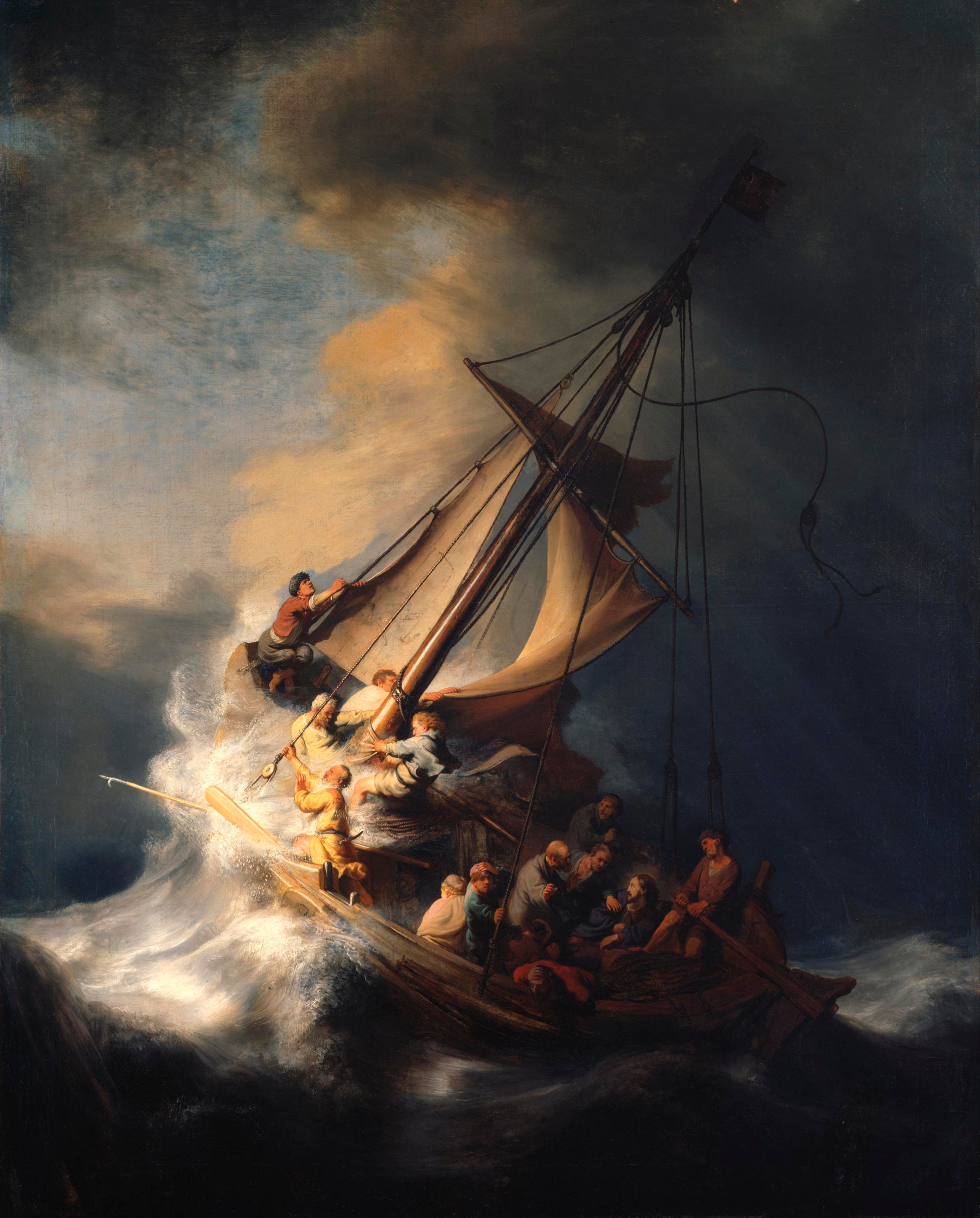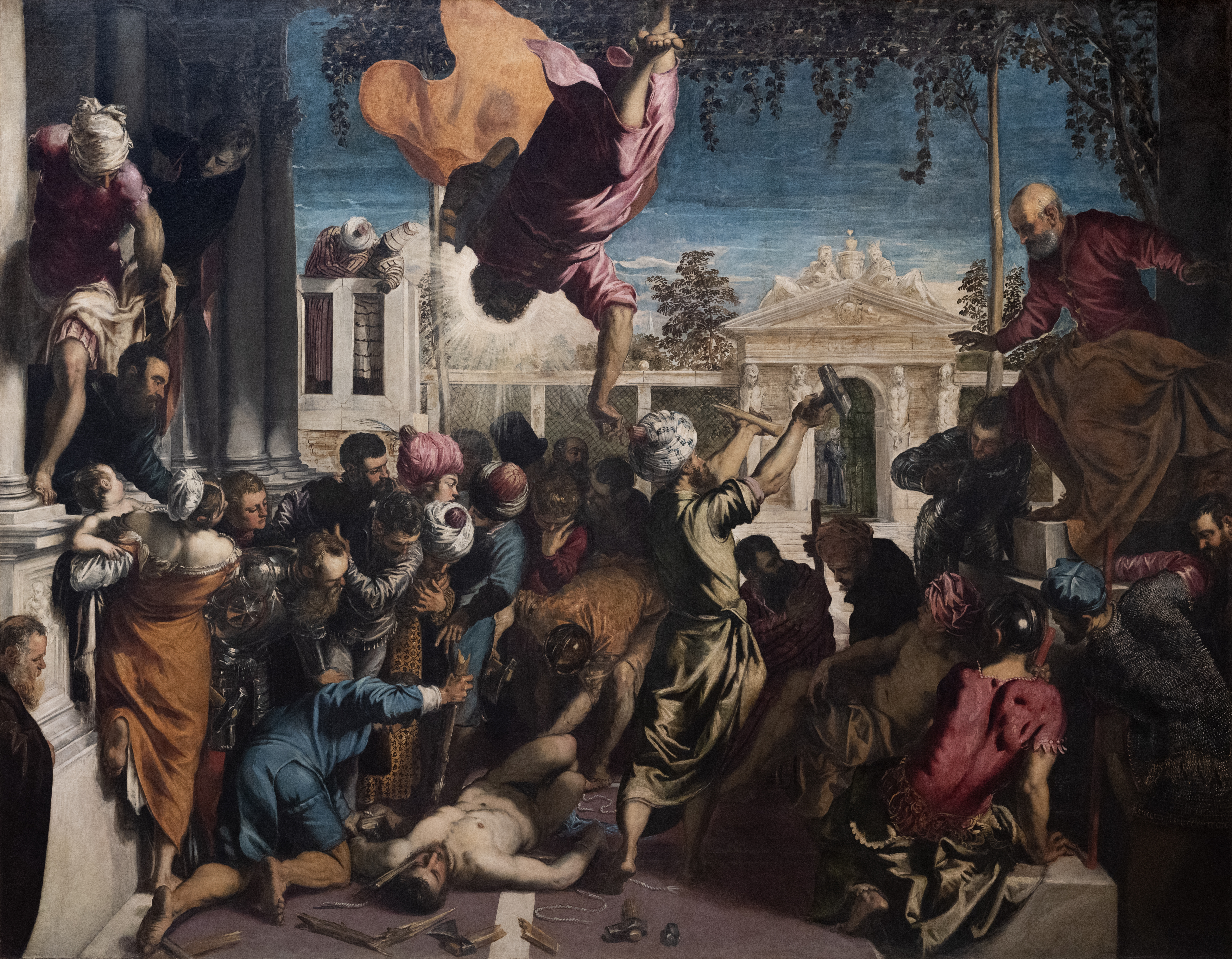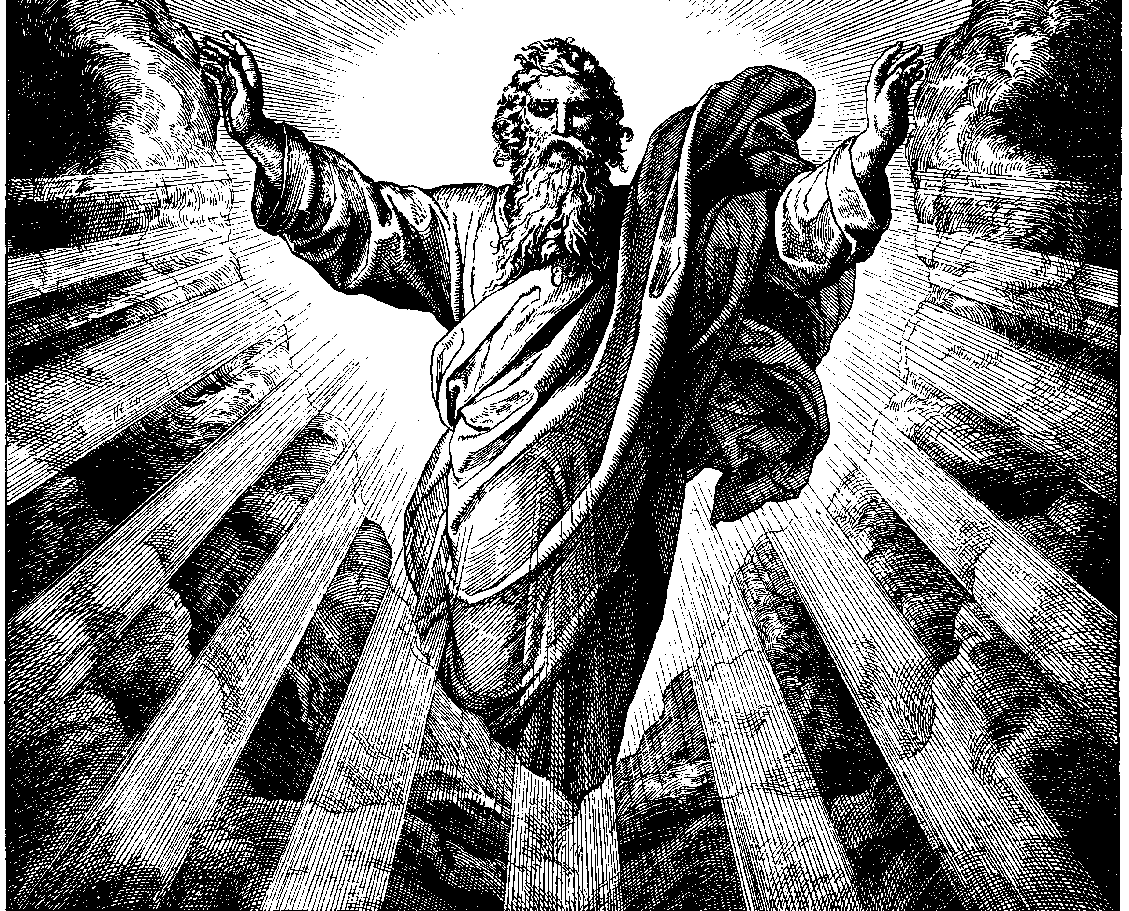|
Eternal Father, Strong To Save
"Eternal Father, Strong to Save" is a British hymn traditionally associated with seafarers, particularly in the maritime armed services. Written in 1860, its author, William Whiting, was inspired by the dangers of the sea described in Psalm 107. It was popularised by the Royal Navy and the United States Navy in the late 19th century, and variations of it were soon adopted by many branches of the armed services in the United Kingdom and the United States. Services who have adapted the hymn include the Royal Marines, Royal Air Force, the British Army, the Royal Australian Navy, the United States Coast Guard, United States Marine Corps and the United States Space Force, as well as the navies of many other Commonwealth realms. Accordingly, it is known by many names, variously referred to as the Hymn of His Majesty's Armed Forces, the Royal Navy Hymn, the United States Navy Hymn (or simply The Navy Hymn), and sometimes by the last line of its first verse, "For Those in Peril on t ... [...More Info...] [...Related Items...] OR: [Wikipedia] [Google] [Baidu] |
Royal Navy
The Royal Navy (RN) is the naval warfare force of the United Kingdom. It is a component of His Majesty's Naval Service, and its officers hold their commissions from the King of the United Kingdom, King. Although warships were used by Kingdom of England, English and Kingdom of Scotland, Scottish kings from the early Middle Ages, medieval period, the first major maritime engagements were fought in the Hundred Years' War against Kingdom of France, France. The modern Royal Navy traces its origins to the English Navy of the early 16th century; the oldest of the British Armed Forces, UK's armed services, it is consequently known as the Senior Service. From the early 18th century until the World War II, Second World War, it was the world's most powerful navy. The Royal Navy played a key part in establishing and defending the British Empire, and four Imperial fortress colonies and a string of imperial bases and coaling stations secured the Royal Navy's ability to assert naval superior ... [...More Info...] [...Related Items...] OR: [Wikipedia] [Google] [Baidu] |
Hymns Ancient And Modern
''Hymns Ancient and Modern'' is a hymnal in common use within the Church of England, a result of the efforts of the Oxford Movement. The hymnal was first published in 1861. The organization publishing it has now been formed into a charitable trust, Hymns Ancient and Modern Ltd, and it publishes a wide range of hymnals as well as other theological and religious books and magazines, under imprints including the acquired publishers Canterbury Press and SCM Press. Origin Hymn singing By 1830 the regular singing of hymns in the dissenting churches (outside the Church of England) had become widely accepted due to hymn writers like Isaac Watts, Charles Wesley and others. In the Church of England hymn singing was not an integral part of Orders of Service until the early 19th century, and hymns, as opposed to metrical psalms, were not officially sanctioned. From about 1800, parish churches started to use different hymn collections in informal services, like the ''Lock Hospital Col ... [...More Info...] [...Related Items...] OR: [Wikipedia] [Google] [Baidu] |
22-25
The symbol , known in Unicode as hyphen-minus, is the form of hyphen most commonly used in digital documents. On most keyboards, it is the only character that resembles a minus sign or a dash, so it is also used for these. The name ''hyphen-minus'' derives from the original ASCII standard, where it was called ''hyphen (minus)''. The character is referred to as a ''hyphen'', a ''minus sign'', or a ''dash'' according to the context where it is being used. Description In early typewriters and character encodings, a single key/code was almost always used for hyphen, minus, various dashes, and strikethrough, since they all have a similar appearance. The current Unicode Standard specifies distinct characters for several different dashes, an unambiguous minus sign (sometimes called the ''Unicode minus'') at code point U+2212, an unambiguous hyphen (sometimes called the ''Unicode hyphen'') at U+2010, the hyphen-minus at U+002D and a variety of other hyphen symbols for various uses. Wh ... [...More Info...] [...Related Items...] OR: [Wikipedia] [Google] [Baidu] |
Miracle
A miracle is an event that is inexplicable by natural or scientific lawsOne dictionary define"Miracle"as: "A surprising and welcome event that is not explicable by natural or scientific laws and is therefore considered to be the work of a divine agency." and accordingly gets attributed to some supernatural or praeternatural cause. Various religions often attribute a phenomenon characterized as miraculous to the actions of a supernatural being, (especially) a deity, a miracle worker, a saint, or a religious leader. Informally, English-speakers often use the word ''miracle'' to characterise any beneficial event that is statistically unlikely but not contrary to the laws of nature, such as surviving a natural disaster, or simply a "wonderful" occurrence, regardless of likelihood (e.g. "the miracle of childbirth"). Some coincidences may be seen as miracles. A true miracle would, by definition, be a non-natural phenomenon, leading many writers to dismiss miracles as physically i ... [...More Info...] [...Related Items...] OR: [Wikipedia] [Google] [Baidu] |
God The Father
God the Father is a title given to God in Christianity. In mainstream trinitarian Christianity, God the Father is regarded as the first Person of the Trinity, followed by the second person, Jesus Christ the Son, and the third person, God the Holy Spirit. Since the second century, Christian creeds included affirmation of belief in "God the Father ( Almighty)", primarily in his capacity as "Father and creator of the universe". Christians take the concept of God as the father of Jesus Christ metaphysically further than the concept of God as the creator and father of all people, as indicated in the Apostles' Creed where the expression of belief in the "Father almighty, creator of heaven and earth" is immediately, but separately followed by in "Jesus Christ, his only Son, our Lord", thus expressing both senses of fatherhood. Christianity Overview In much of modern Christianity, God is addressed as the Father, in part because of his active interest in human affairs on the ... [...More Info...] [...Related Items...] OR: [Wikipedia] [Google] [Baidu] |
Apostle Paul
Paul, also named Saul of Tarsus, commonly known as Paul the Apostle and Saint Paul, was a Apostles in the New Testament, Christian apostle ( AD) who spread the Ministry of Jesus, teachings of Jesus in the Christianity in the 1st century, first-century world. For his contributions towards the New Testament, he is generally regarded as one of the most important figures of the Apostolic Age, and he also founded Early centers of Christianity, several Christian communities in Asia Minor and Europe from the mid-40s to the mid-50s AD. The main source of information on Paul's life and works is the Acts of the Apostles in the New Testament. Approximately half of its content documents his travels, preaching and miracles. Paul was not one of the Twelve Apostles, and did not know Jesus during his lifetime. According to the Acts, Paul lived as a Pharisees, Pharisee and participated in the Persecution of Christians in the Roman Empire, persecution of early Disciple (Christianity), disciples ... [...More Info...] [...Related Items...] OR: [Wikipedia] [Google] [Baidu] |
Acts Of The Apostles
The Acts of the Apostles (, ''Práxeis Apostólōn''; ) is the fifth book of the New Testament; it tells of the founding of the Christian Church and the spread of The gospel, its message to the Roman Empire. Acts and the Gospel of Luke make up a two-part work, Luke–Acts, by the same anonymous author. Traditionally, the author is believed to be Luke the Evangelist, a doctor who travelled with Paul the Apostle. It is usually dated to around 80–90 AD, although some scholars suggest 110–120 AD.Tyson, Joseph B., (April 2011)"When and Why Was the Acts of the Apostles Written?" in: The Bible and Interpretation: "...A growing number of scholars prefer a late date for the composition of Acts, i.e., c. 110–120 CE. Three factors support such a date. First, Acts seems to be unknown before the last half of the second century. Second, compelling arguments can be made that the author of Acts was acquainted with some materials written by Josephus, who completed his Antiquities of the J ... [...More Info...] [...Related Items...] OR: [Wikipedia] [Google] [Baidu] |
Shipwreck
A shipwreck is the wreckage of a ship that is located either beached on land or sunken to the bottom of a body of water. It results from the event of ''shipwrecking'', which may be intentional or unintentional. There were approximately three million shipwrecks worldwide as of January 1999, according to Angela Croome, a science writer and author who specialized in the history of underwater archaeology (an estimate rapidly endorsed by UNESCO and other organizations). When a ship's crew has died or abandoned the ship, and the ship has remained adrift but unsunk, they are instead referred to as Ghost ship, ''ghost ships''. Types Historic wrecks are attractive to maritime archaeology, maritime archaeologists because they preserve historical information: for example, studying the wreck of revealed information about seafaring, warfare, and life in the 16th century. Military wrecks, caused by a skirmish at sea, are studied to find details about the historic event; they reveal ... [...More Info...] [...Related Items...] OR: [Wikipedia] [Google] [Baidu] |
Commonwealth Of Nations
The Commonwealth of Nations, often referred to as the British Commonwealth or simply the Commonwealth, is an International organization, international association of member states of the Commonwealth of Nations, 56 member states, the vast majority of which are former territorial evolution of the British Empire, territories of the British Empire from which it developed. They are connected through their English in the Commonwealth of Nations, use of the English language and cultural and historical ties. The chief institutions of the organisation are the Commonwealth Secretariat, which focuses on intergovernmental relations, and the Commonwealth Foundation, which focuses on non-governmental relations between member nations. Numerous List of Commonwealth organisations, organisations are associated with and operate within the Commonwealth. The Commonwealth dates back to the first half of the 20th century with the decolonisation of the British Empire through increased self-governance ... [...More Info...] [...Related Items...] OR: [Wikipedia] [Google] [Baidu] |







